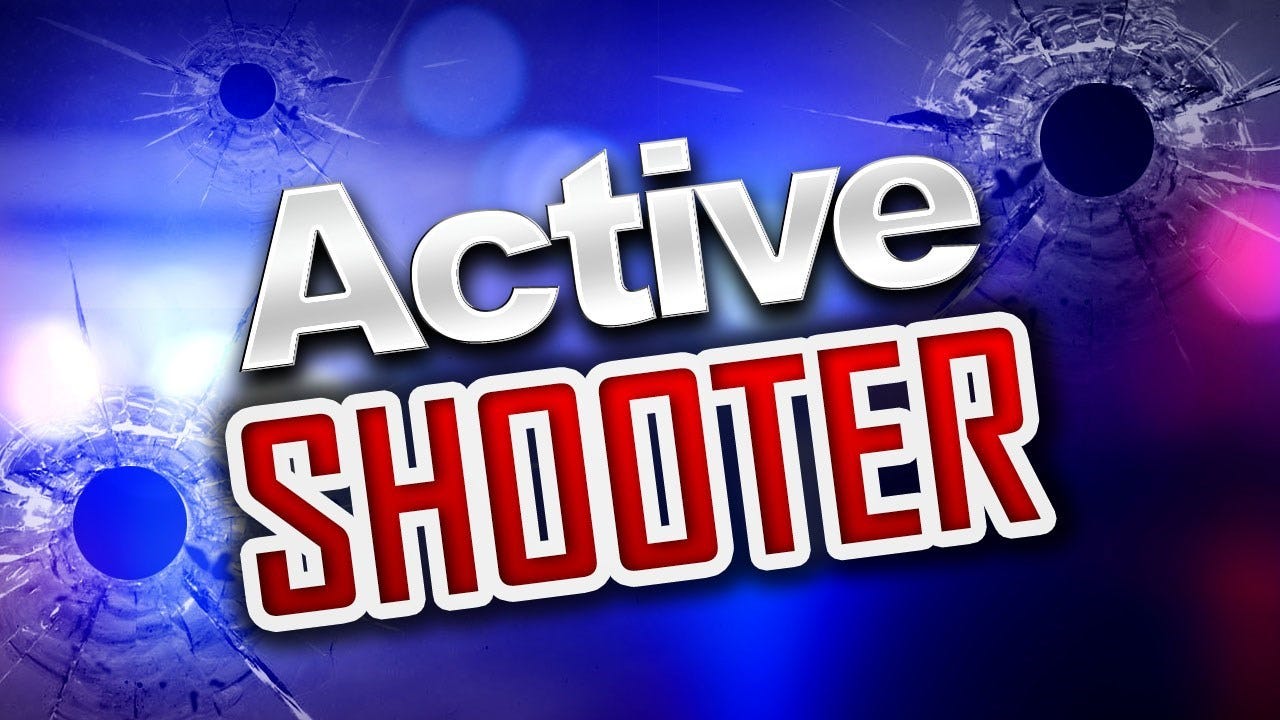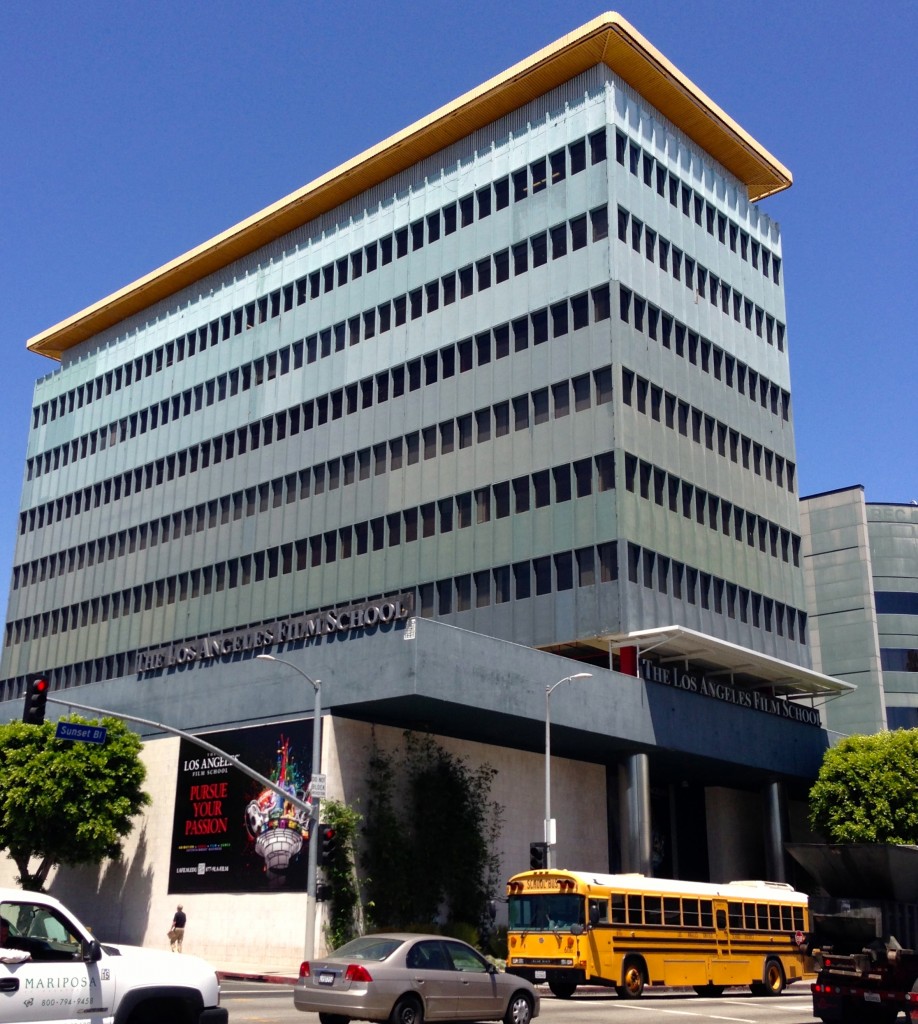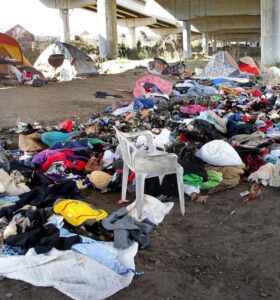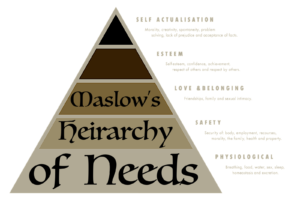
Active shooter attacks are some of the most terrifying events anyone could experience.
Investigators of the Newtown, Conn. shooting on December 13th of last year concluded that Adam Lanza killed his mother. Then he drove to Sandy Hook Elementary School with three guns. Lanza used an assault weapon to shoot his way into the building. He then murdered 20 six and seven year old children and six adults. Emergency personnel responded 20 minutes after the first calls.
Seung-Hui Cho was a student at Virginia Polytechnic Institute and State University in Blacksburg, Virginia. He shot and killed 32 people. He also wounded 17 others in two separate attacks on April 16th, 2007.
On April 20, 1999, two gunmen, Dylan Klebold and Eric Harris, killed 12 fellow students. They also murdered one teacher after planting multiple bombs throughout Columbine High School in Columbine, Colorado. The first policeman, Jefferson County Sheriff’s Deputy, Scott Taborsky, arrived between 8 and 11 min. after the first 911 call.
Alan Mason is an audio recording teacher at The Los Angeles Film School. “Following the events of Sandy Hook, the school I work for invited a retired police officer and security expert to speak to the faculty about an active shooter situation.” –Mason says. Tony Argott is the retired Chief of Police expert. Argott gave L.A. Film School teachers an informative and uncomfortable presentation regarding the courses of action in these intense situations. According to Mason, the instruction includes evacuating yourself and your students as quickly as possible, unless it’s unsafe. During the lesson, Argott continued with information about what to do if escape is impossible. This includes locking the door and tipping over desks or tables to block access and hide.
Since acquiring this new information, Mason has implemented vital preparations into his personal emergency action plan. He states, “I’ve taken a detailed look at emergency exit routes and assessed my regular classroom for vulnerability. I’ve also established a plan to move students to an adjacent office with no windows should there ever be an active shooter situation and normal escape routes are too risky.”

Another instructor at The Los Angeles Film School is Kent Huffnagle. He also attended Argott’s presentation. “Being a father of a two-year old child, and a teacher in a recording school, I feel the events at Sandy Hook hit home all too real. I worry about how safe she will be from random acts of violence, especially as I send her off to school everyday.” Huffnagle adds, “I also work for a school in the heart of Hollywood and think about the security issues that affect me everyday. Tragic events such as Sandy Hook keep the importance of security awareness at the forefront in parents and teachers minds.”
According to Mason about how the national media handles these types of events, he states, “It was an overly and unnecessarily explicit, disgusting, inappropriate, relentless, opportunistic, voyeuristic, exploitative, insensitive, and nauseating display of moral depravity in American culture and media. Some days later, I felt a sort of sickness from the constant barrage of media saturation about the event. I consciously thought that my emotions were being exploited by the news and I felt guilty that the families would continue to be tortured for weeks by the relentless and unethical practices of our voyeuristic ‘journalists’. Lastly, I was disgusted and enraged by the interviewing of traumatized children on national TV immediately following the events.”






